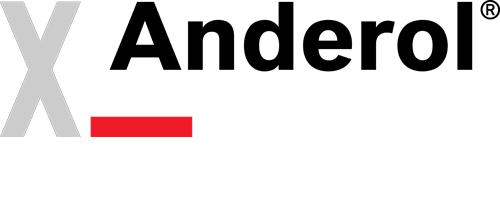There are several factors to consider when selecting the right industrial lubricant. A manufacturer’s recommendation is a great starting point, but it doesn’t have to be the only option.
Most manuals are written for ideal conditions, but these guidelines don’t take into consideration the real environment in which the equipment is being used.
Understanding these, as well as considering the main functions of a lubricant are key to selecting the right one. It is best to use an industrial lubricant that meets the specific demands of your operation – using the correct technology, quantity, frequency and procedures are all essential factors to consider.
Recognising the main functions of a lubricant
- To reduce friction
- To reduce wear
- To control temperature
- To prevent corrosion
- To remove contaminants
- To transfer power (e.g in the case of hydraulics)
Understanding your unique operating environment
Factors such as moisture, temperature, load, dust, vibration and speed will all influence your decision.
Temperature determines the lubricant base oil type, whilst speed determines the viscosity required, and load, vibration and moisture determine the additive package.
Choosing the right lubricant is even more essential if you are operating in an aggressive environment such as a mine where there is typically high moisture, corrosion, and extreme temperatures.
It is even more critical to equipment life to select a lubricant that will maintain a sufficient film of lubrication to reduce friction, resist load and wear, and prevent corrosion.
Finally, your lubricant supplier should be able to advise you on the best product to use. At Anderol our technical professionals can assist you with your specific application needs. Find your nearest Anderol distributor here





